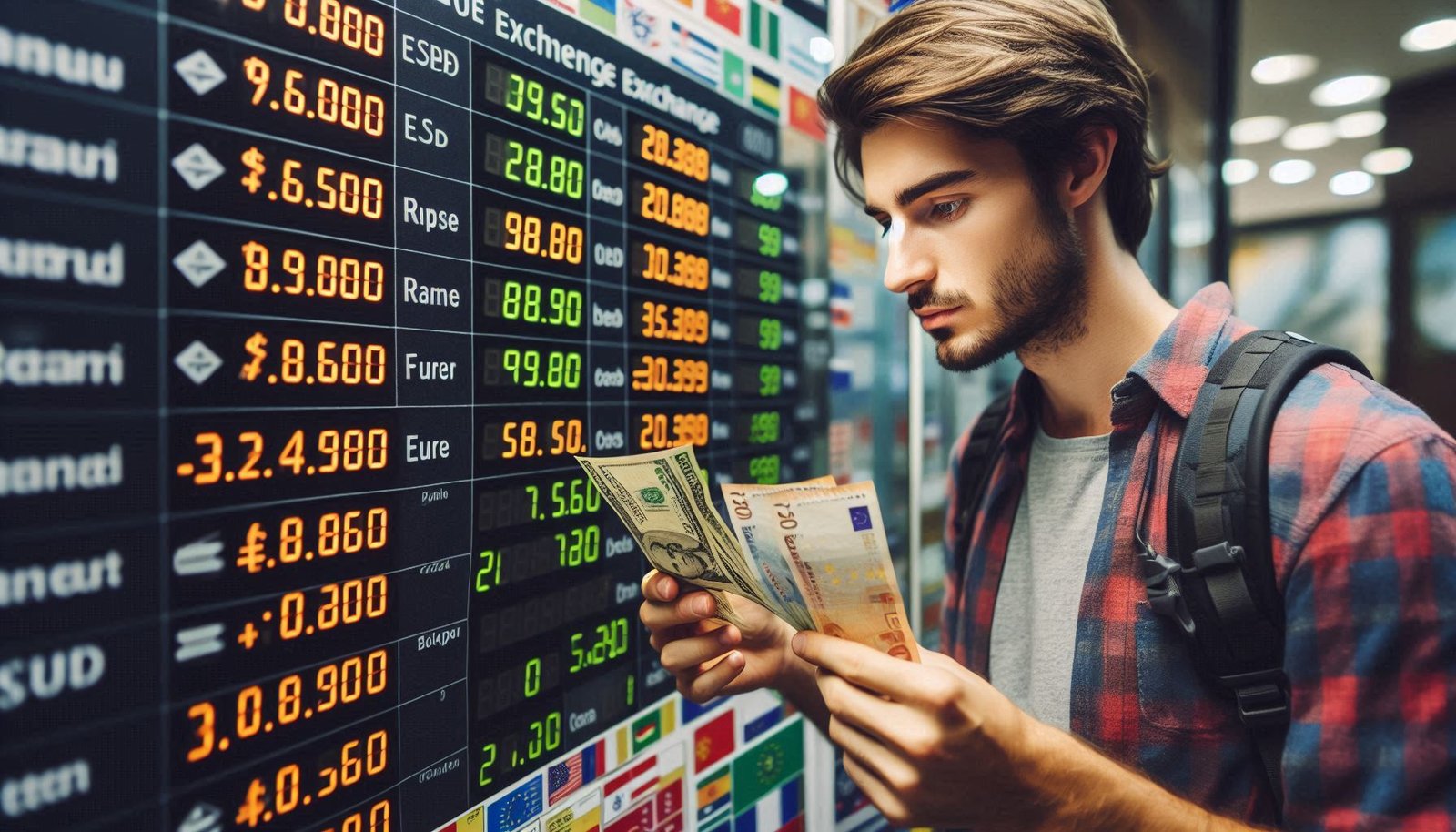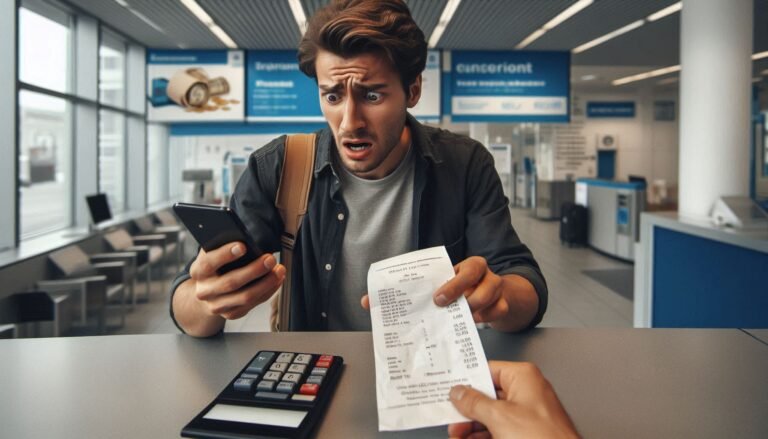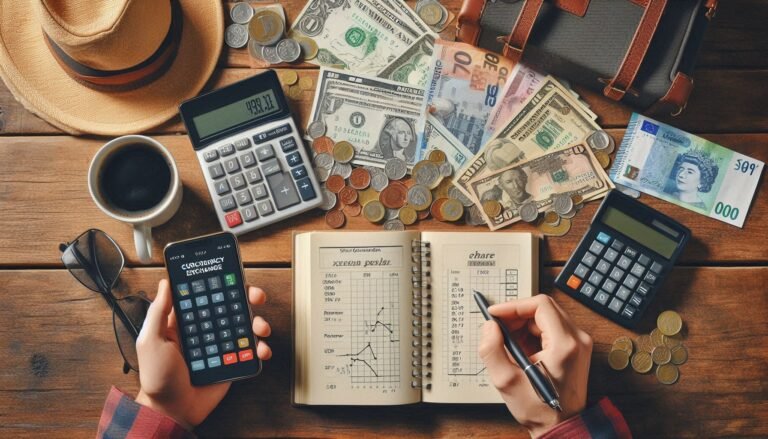5 Smart Ways to Avoid Overpaying on Currency Exchange Transactions
Exchanging currency can be tricky, and if you’re not careful, you might end up losing money on hidden fees, bad exchange rates, and unnecessary charges. Whether you’re traveling abroad, making international payments, or investing in foreign markets, understanding how to get the best exchange rates can help you save significantly.
In this article, we’ll explore five smart ways to avoid overpaying on currency exchange transactions and keep more money in your pocket.
1. Compare Exchange Rates Before Making a Transaction
One of the biggest mistakes people make is accepting the first exchange rate they see—especially at banks, hotels, or airport kiosks. Many financial institutions apply a hidden markup on top of the mid-market rate, which means you’re getting a worse deal than you should.
What to Do Instead:
- Use websites like Google Exchange Rates, XE.com, or Wise to compare rates in real-time.
- Look for currency exchange providers that offer rates closer to the mid-market rate.
- Avoid exchanging currency at airports, hotels, and tourist areas, as they often charge the worst rates.
Example:
- The mid-market rate for USD to EUR is 1 USD = 0.92 EUR.
- A bank may offer 1 USD = 0.89 EUR, meaning you lose €30 for every $1,000 exchanged.
By checking rates before exchanging, you can ensure you’re getting the best possible deal.
2. Avoid Airport and Hotel Currency Exchanges
It may be convenient to exchange money at the airport or hotel, but this convenience comes at a cost. Airport exchange kiosks and hotel currency services offer some of the worst exchange rates, often adding markups of 5%–15%.
Why They Charge More:
- They target last-minute travelers who need cash urgently.
- They mark up the exchange rate instead of charging a visible fee.
- They exploit location-based demand—you have fewer options, so you’re forced to accept their rates.
What to Do Instead:
- Exchange money before traveling at your local bank or online forex service.
- Use an ATM in your destination country for better exchange rates (see Tip #4).
- Consider using a multi-currency account like Revolut or Wise to hold and exchange money at fair rates.
3. Use a Credit or Debit Card with No Foreign Transaction Fees
Many banks and credit card companies charge a foreign transaction fee of 1%–3% on every purchase you make in a foreign currency. This adds up quickly, especially on big-ticket purchases like hotels, tours, and dining.
What to Do Instead:
- Use a travel-friendly credit or debit card that offers zero foreign transaction fees.
- Some great options include Capital One Venture, Chase Sapphire Preferred, and Revolut cards.
- When paying abroad, always choose to be charged in the local currency instead of your home currency (this avoids hidden conversion fees—see Tip #5).
Example:
- If you spend $1,000 abroad and your bank charges a 3% foreign transaction fee, you’ll lose $30 in extra fees—money that could have been saved.
4. Be Smart with ATM Withdrawals Abroad
Withdrawing cash from an ATM in a foreign country can often be cheaper than exchanging cash at a bank, but only if you do it the right way.
What to Watch Out For:
- Some ATMs charge withdrawal fees of $3–$5 per transaction.
- Some banks apply an additional percentage-based fee (1%–3%) on withdrawals.
- Dynamic Currency Conversion (DCC) (more on this in Tip #5).
How to Minimize Fees:
- Use an ATM that belongs to a global bank network (like HSBC, Citibank, or Barclays) to avoid excessive fees.
- Withdraw larger amounts at once to reduce the number of transactions.
- Open a bank account that refunds international ATM fees, like Charles Schwab, Revolut, or Wise.
Example:
- If your bank charges a $5 fee + 2% per withdrawal, taking out $100 in foreign currency costs you $7—a 7% loss!
By using the right ATMs and bank accounts, you can save significantly on withdrawal costs.
5. Always Pay in the Local Currency (Avoid Dynamic Currency Conversion – DCC)
When making a purchase abroad, you may be asked:
“Would you like to pay in your home currency or the local currency?”
Choosing your home currency (USD, GBP, CAD, etc.) may seem like the better option, but this is a trap known as Dynamic Currency Conversion (DCC).
Why DCC is a Scam:
- The merchant or ATM applies their own exchange rate, which is usually much worse than your bank’s rate.
- You pay a hidden markup (sometimes 5%–10%) on top of the actual exchange rate.
- The fees are disguised, making it seem like you’re getting a fair deal.
What to Do Instead:
- Always choose to pay in the local currency (EUR, GBP, JPY, etc.).
- If withdrawing cash from an ATM, decline currency conversion offers and let your bank handle the exchange rate.
Example:
- You buy a €100 meal in Paris and choose to pay in USD instead of EUR.
- The merchant’s exchange rate is worse than your bank’s, so instead of paying $110, you pay $115.
Over multiple transactions, these hidden fees can cost you hundreds of dollars!
Final Thoughts
Avoiding bad exchange rates and hidden fees is easier than you think—you just need to be aware of the tricks banks and exchange services use.
By following these steps, you can keep more of your money and avoid unnecessary losses on currency exchange transactions.







